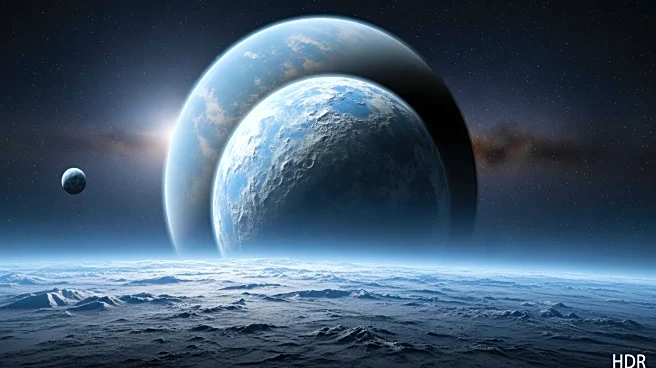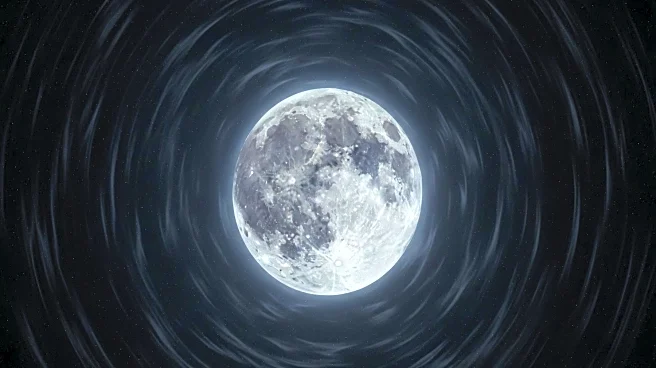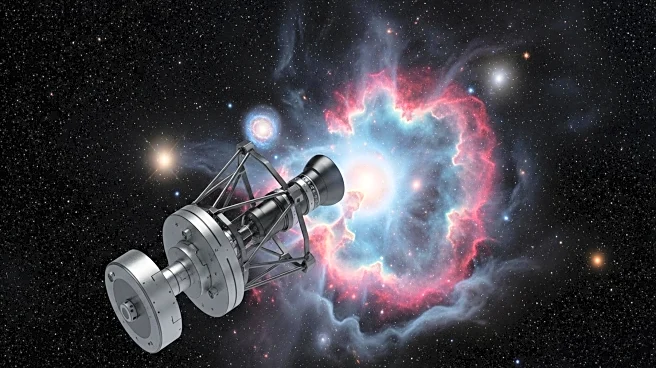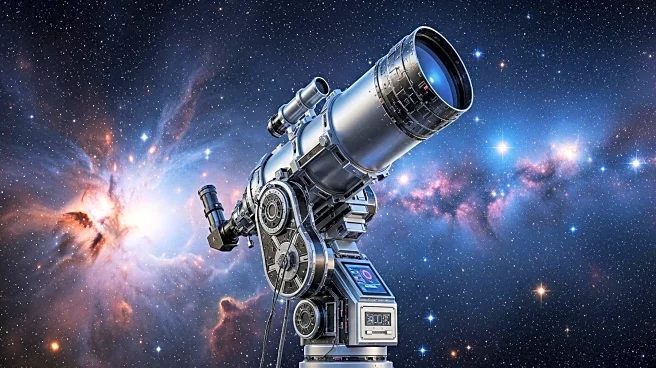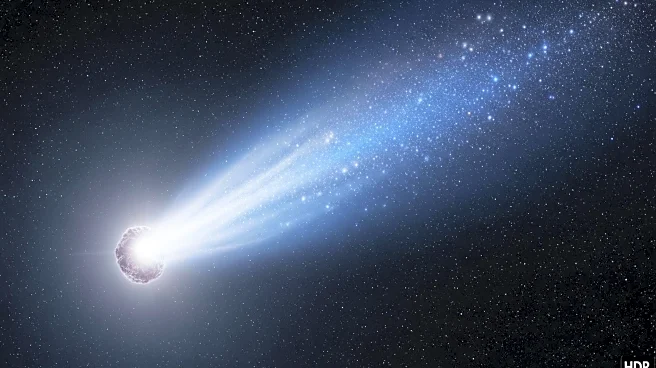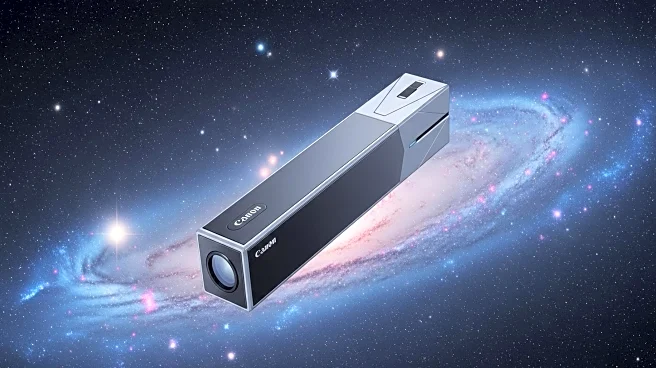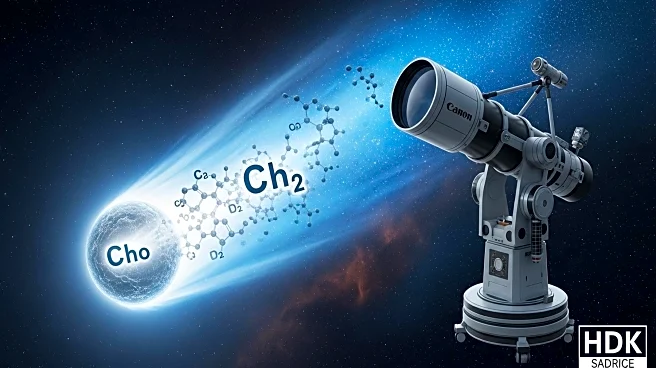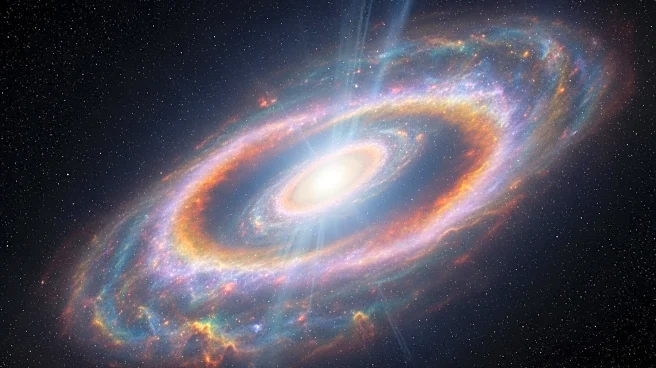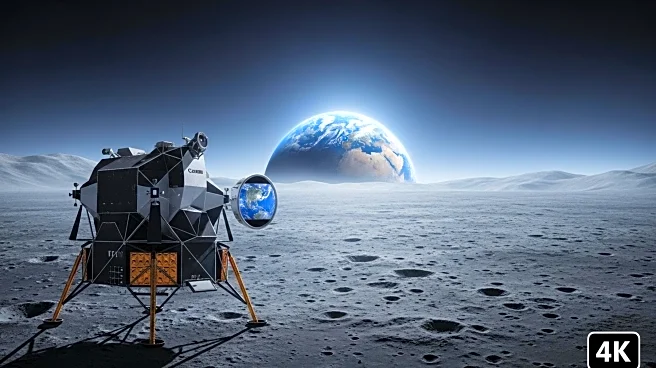What's Happening?
Recent research utilizing the James Webb Space Telescope (JWST) suggests that two of Pluto's midsize moons, Nix and Hydra, may be composed of material from the interior of its largest moon, Charon. This hypothesis stems from observations indicating that these moons share more similarities with Charon's interior than with other objects in the Kuiper Belt. The findings propose that the moons were formed from debris ejected during a collision that created Pluto and Charon. This collision, described as a 'kiss-and-capture' process, stripped off layers of proto-Charon, forming a disk of icy debris that eventually coalesced into smaller moons. The research was presented by Brian Holler, a planetary scientist at the Space Telescope Science Institute, at a conference in Maryland.
Why It's Important?
The discovery of Nix and Hydra's potential origins from Charon's interior provides significant insights into the formation and evolution of celestial bodies in the outer solar system. Understanding the composition and history of these moons can enhance knowledge about planetary formation processes and the dynamics of the Kuiper Belt. This research could also inform future studies on trans-Neptunian objects, offering a broader understanding of the solar system's history and the interactions between its components. The findings may impact theories regarding the formation of moons and other minor satellites in similar systems.
What's Next?
Further observations using the JWST are planned to delve deeper into the composition of Nix and Hydra. Spectroscopic studies are expected to provide more detailed information about the moons' surfaces, particularly the presence of ammonia-rich material. These studies aim to understand the balance between the destruction and reformation of ammonia due to solar radiation and cosmic rays. Additionally, researchers hope to compare these moons with other trans-Neptunian objects to gain more insights into their formation and evolution.
Beyond the Headlines
The research highlights the unique surface characteristics of Nix and Hydra, which appear largely unmatched in the trans-Neptunian region. This uniqueness may offer clues about the primordial conditions of the solar system and the processes that led to the formation of its various components. The study also underscores the importance of advanced telescopic technology, like the JWST, in uncovering hidden aspects of celestial bodies that were previously inaccessible.


